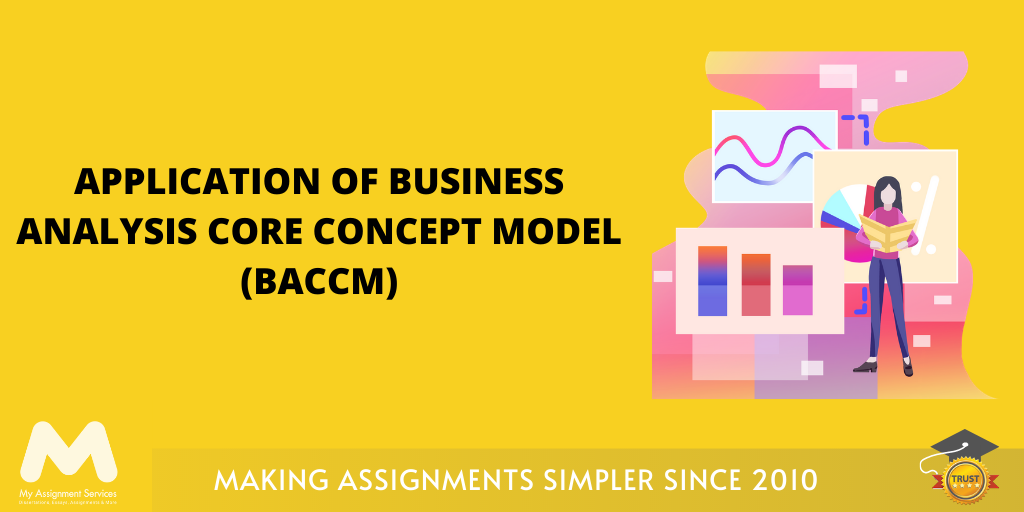
In the simplest of words, the Business Analysis Core Concept Model can be defined as the rudimentary structure of industry research described in one of the most relevant and pertinent documents commonly known as the BABOK Guide. One of the main objectives of the book is to put forth established directives and guidelines of business analysis and the main purpose behind data analysis. It is pertinent to note that the BABOK guide is a body of knowledge prepared after thoroughgoing research and groundwork. Business analysis body of knowledge Guide endeavours to facilitate transformation in any business model through the process of identifying the requirements and suggesting suitable resolutions and alternatives that present value to stakeholders.
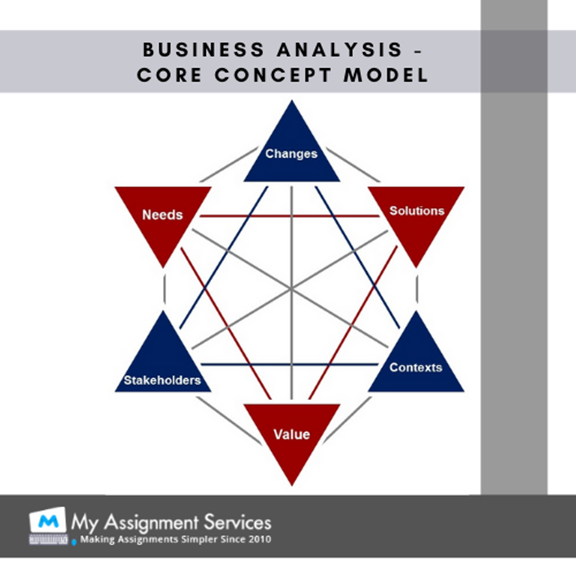
The business analysis includes within its gambit an expansive range of abilities, education, and responsibilities which may be different in terms of their characteristics and importance. The business analysis process starts by denoting the core areas that require study and assessment to be able to further the main vision of the business enterprise.
What is the Purpose of the Business Analysis Core Concept Model?
The main objective behind the creation of a purpose-built business analysis core concept model is to develop a shared universal conceptual core to help analysts in performing complex calculations to be able to devise common procedures and terminology which is independent of bias.
What does BACCM Endeavour to Achieve?
On top of performing research and analysis, the Business Analysis Core Concept Model also allows decision-makers to exercise greater control over the statistical history of their organization's data. This will help the business owners or the management in carrying out an all-encompassing and holistic evaluation of the functional relationship among the diverse concepts of the Business Analysis. The Business Analysis Core Concept Model also helps in carrying out an objective analysis of the outcome of these principles and connections to establish both a support framework and a way ahead in the future taking into account the growing needs of the business enterprise. The main objective behind the Business Analysis Core Concept Model is to provide knowledge-based alternatives to the application of trial and error methods. The core belief behind the Business Analysis Core Concept Model is that it is better to employ quantifiable and empirical methods to assess the viability of different business management techniques. If you are looking for report writing help on the subject of the Business Analysis Core Concept Model, read more.
The Business Analysis Core Concept Model comprises six vital concepts. they are as follows:
- Change or organizational transformation. Change is nothing but the process of bringing about real and actionable transformation inside an organization and to its intricate dynamics. change is often brought about to serve a particular object or need. This highlights the requirement of identifying the needs of the organization. The demand may be subjective or compelled by an outside competition like disturbance or disorder in the market. The innovation strives to enhance the productivity of any business with the help of voluntary activities managed by business analysis projects.
- Identifying the need for specific and purpose-built solutions. this comprises finding novel avenues and opportunities within problems. the business analysts endeavour to bring about bona fide changes to motivate the stakeholders to achieve. Changes are also brought about by disintegrating or improving the existing utility and value from the present solutions or generating the demand for innovative solutions
- Research into the possible explanations and suitable approaches.Finding effective solutions also includes finding a specific method of meeting one or more requirements in a particular situation. The purpose of finding solutions is to satiate a particular requirement of a process through fixing an issue encountered by stakeholders. solutions are purpose-built to facilitate stakeholders to gain from an opportunity.
- Stakeholder: Recognizing the individuals who carry a stake in the growth, expansion and prosperity of the business. An organization or person with a link to business development, the demand, or the suspension. Stakeholders are classified based on their association with the requirements, innovations, and explanations.
- Value: the Business Analysis Core Concept Model also strives to evaluate the genuine significance of the business. The meriting, value or benefit of a technique or approach is decided through extensive analysis. Value can be tangible or intangible. Examples of material advantages are possible or accomplished revenues, profits, and additions. The hypothetical value of a business is defined through the comparative evaluation of variegated factors such as the business enterprise's accountability or morale.
- Context: to be able to gauge the larger purpose or rationale behind certain business activities is an important functional concept of the Business Analysis Core Concept Model. The factors that control, are affected by and contribute to a perception of the transition. A transition always happens within a certain kind of environment. A perspective or context is a broad-gauged concept that can accommodate diverse factors ranging from the business's culture to vision, as well as demographics to state plans, contestants, goods and commerce. To strongly complete the transformation, the business analyst is required to accurately determine and examine the circumstances within which the development is being performed.
Since the Business Analysis Core Concept Model is a complicated doctrine, students often lookout for management assignment help and academic guidance to be able to go about their assignments.
One must understand and appreciate that all of these concepts are fairly significant when it comes to understanding a business model. It is difficult to establish which one holds greater importance than the other or which concept is of higher significance than the other concept. Each concept is a focal concept within itself and derives support from each other.
Related Study Materials
Our Experts can answer your Assignment questions instantly.
Ask Question0 Comment
Get It Done! Today
1,212,718Orders
4.9/5Rating
5,063Experts





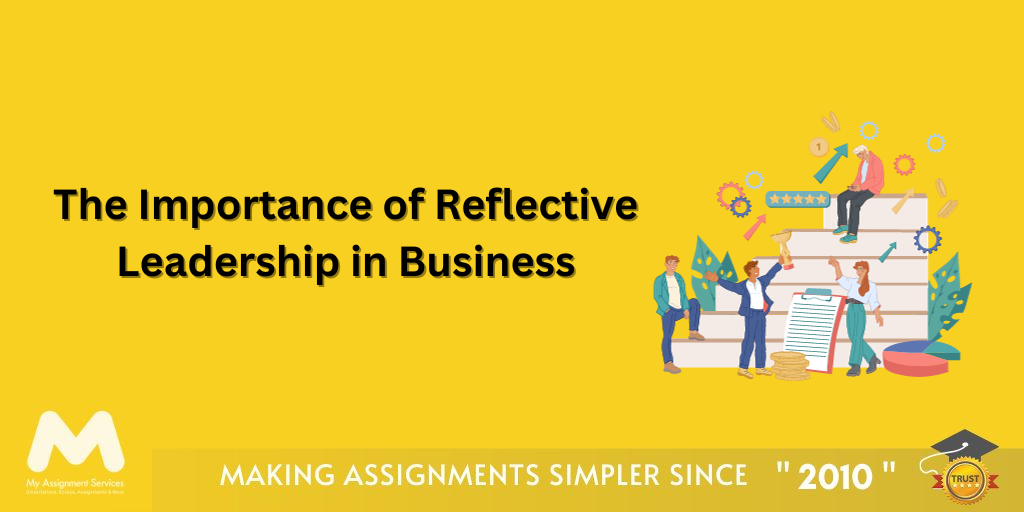
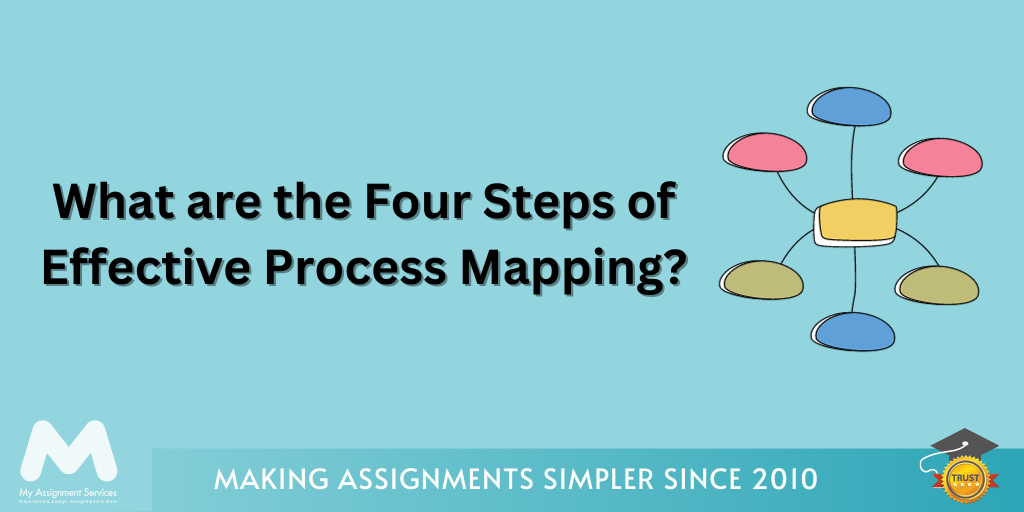
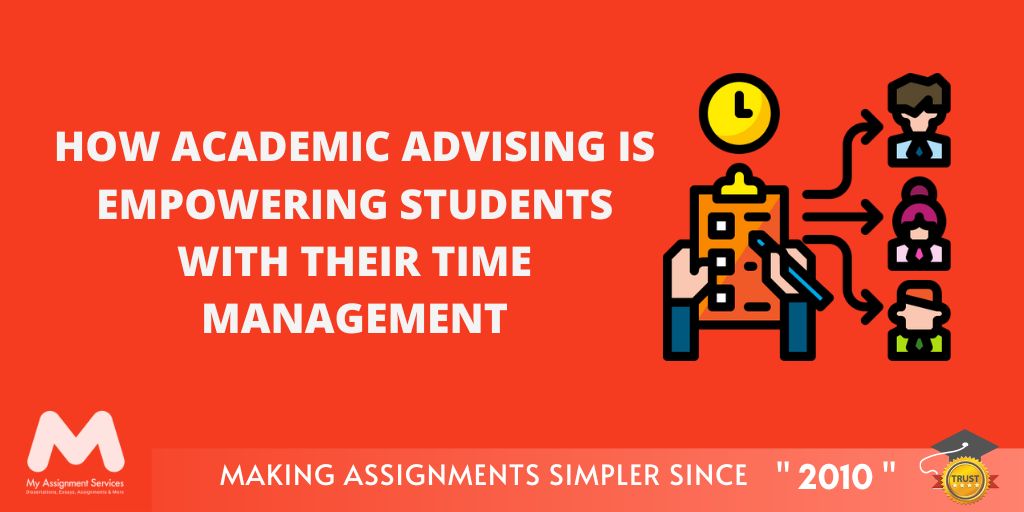





Loved reading this Blog? Share your valuable thoughts in the comment section.
Add comment